Clouds on the Lapel, Jade at the Waist:
The Accentuating Beauty of Traditional Chinese Adornments
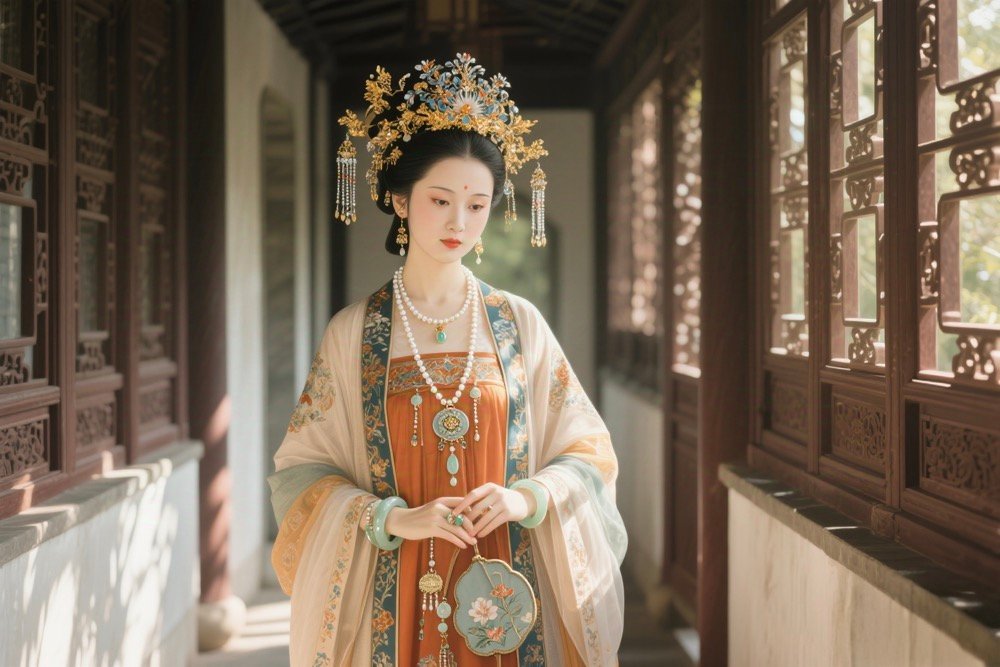
In Qing Dynasty court paintings, consorts tower with cloud-like coiffures adorned by hairpins and trembling buyao pendants. Waist-hung embroidered pouches and jade pei plaques sway gracefully with restrained chimes. Scholars suspend jade pendants, fan cases, or sachets at their waists, accenting robes with pocket watches or spectacle cases—exuding understated refinement.
These meticulously crafted additions embody China’s rich tradition of ornamental accessories.
Classical-Inspired Accessory
Diverse in form and function, they silently convey status, taste, and sentiment:
- Head: Hairpins (zan), double-pronged pins (chai), pendulous buyao, forehead bands (moe)
- Neck: Chokers, pearl-and-jade necklaces (yingluo), longevity locks
- Waist: Jade plaques, embroidered pouches, sachets, fan cases, chime pendants (jinbu), utility belts (diexie)
- Hands: Bracelets, rings, archer’s thumb rings (banzhi)
- Practical Elegance: Ornamental spectacle cases, watch pouches, flint bags
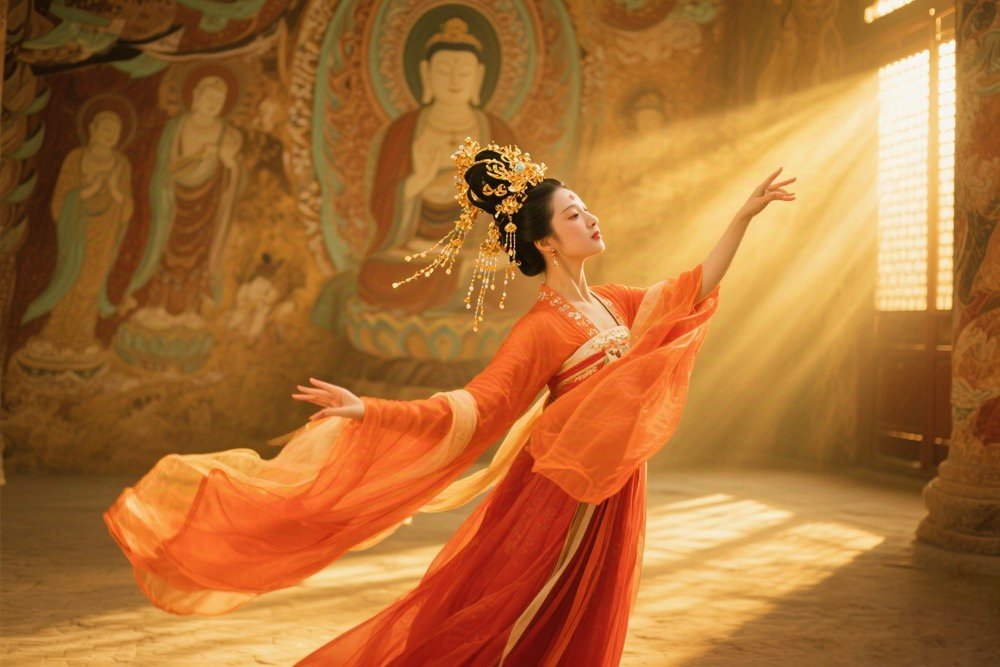
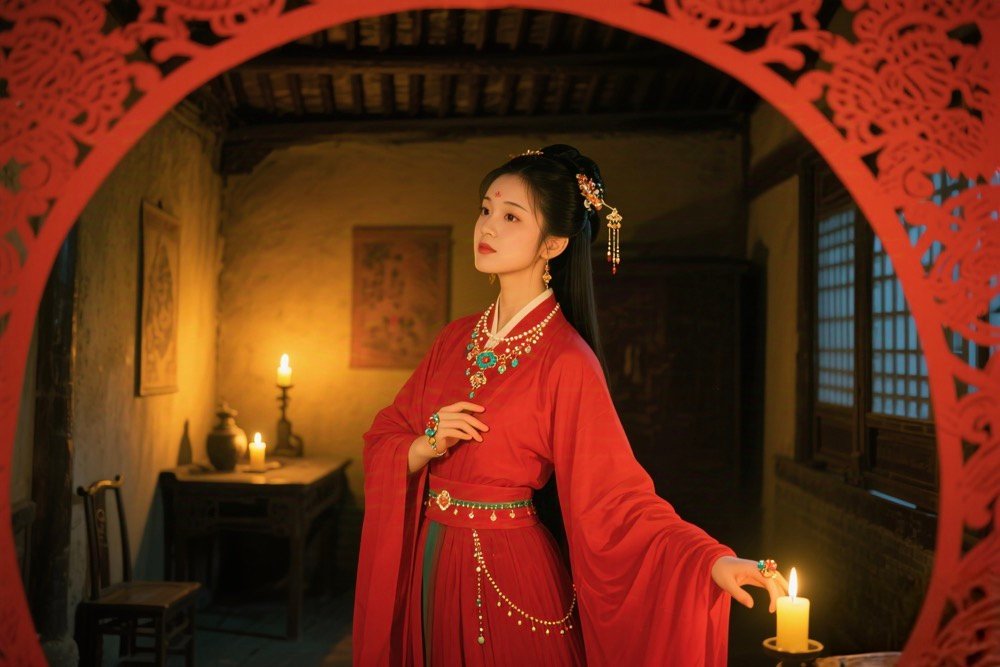
Crafted from gold, silver, jade, kingfisher feathers, pearls, gems, silk, and embroidery through masterful techniques: filigree, diancui, inlay, carving, Su embroidery, kesi…
Pivotal Accent
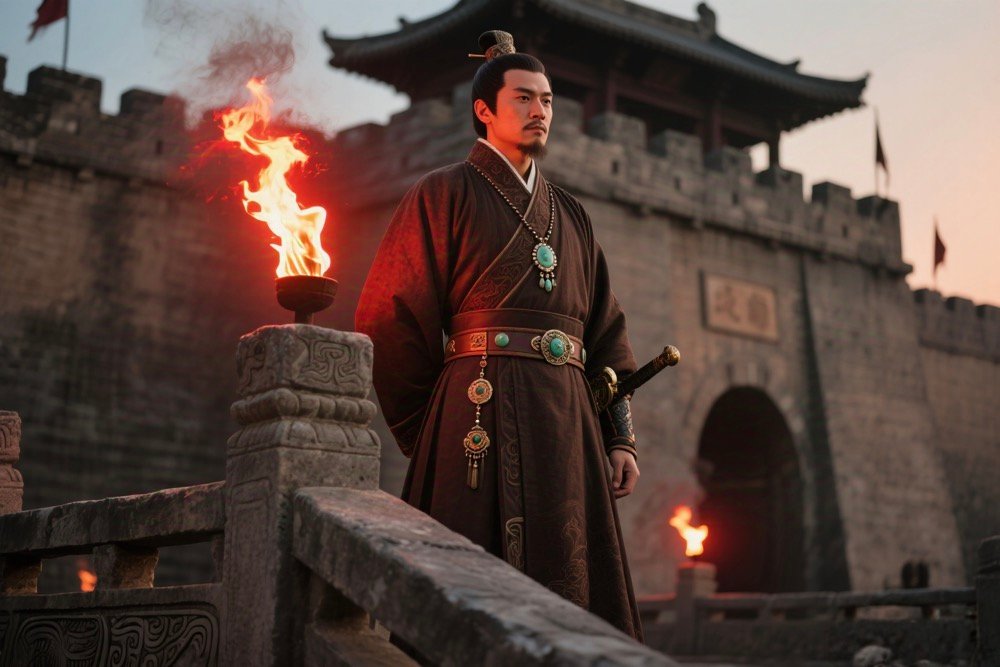
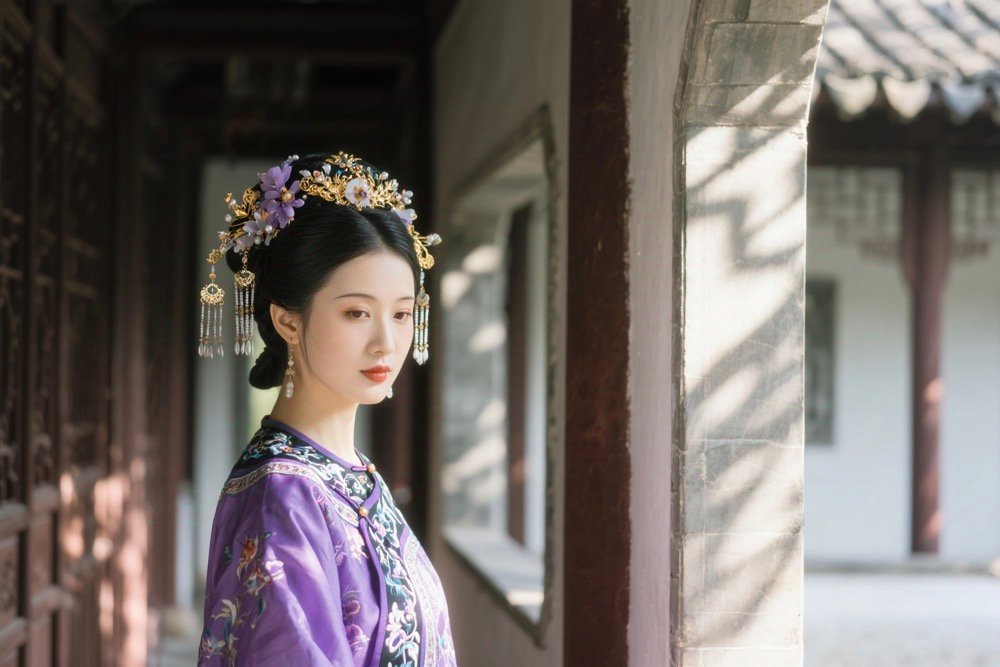
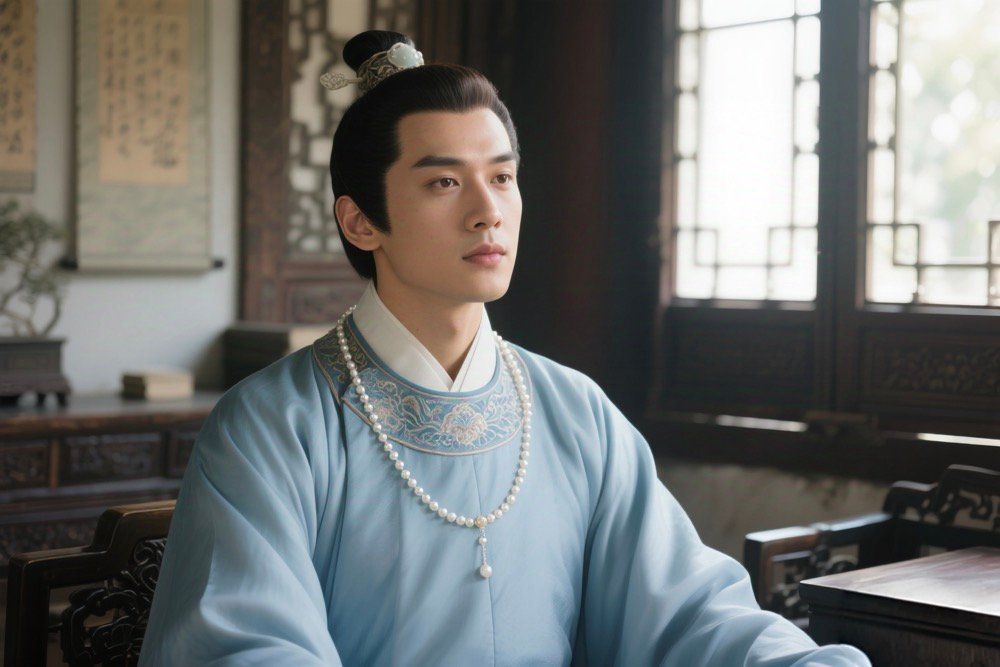
A fine traditional accessory elevates attire like a pivotal accent :
A kingfisher-feather butterfly brooch (点翠蝴蝶胸针) alights on a lapel with luminous grace;A Su-embroidered silk sachet (苏绣真丝香囊) whispers fragrance at the waist;A Hetian jade ping’an kou pendant rests close to the skin, offering serene protection.
These pieces transcend ornamental art—they crystallize Chinese cultural etiquette, aesthetics, and wisdom. Today, classical-inspired accessories reimagined for modern wear become unique expressions of identity, letting Eastern charm flow through subtle details.